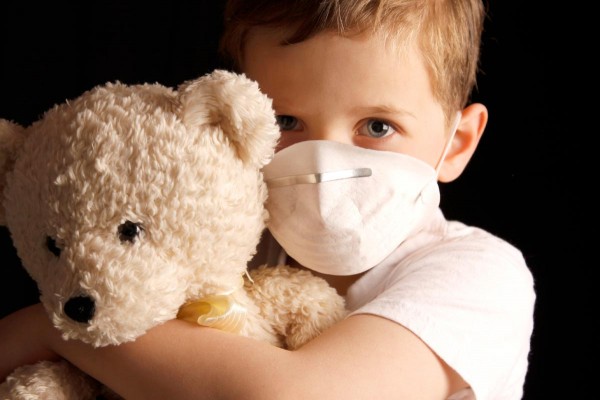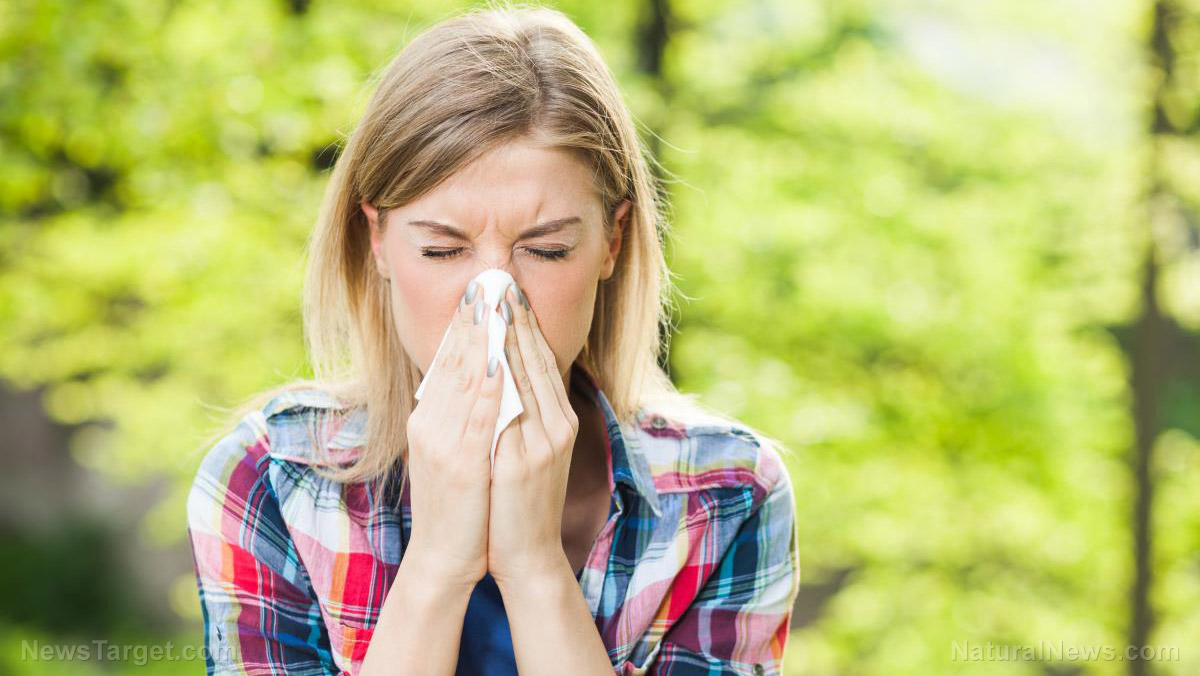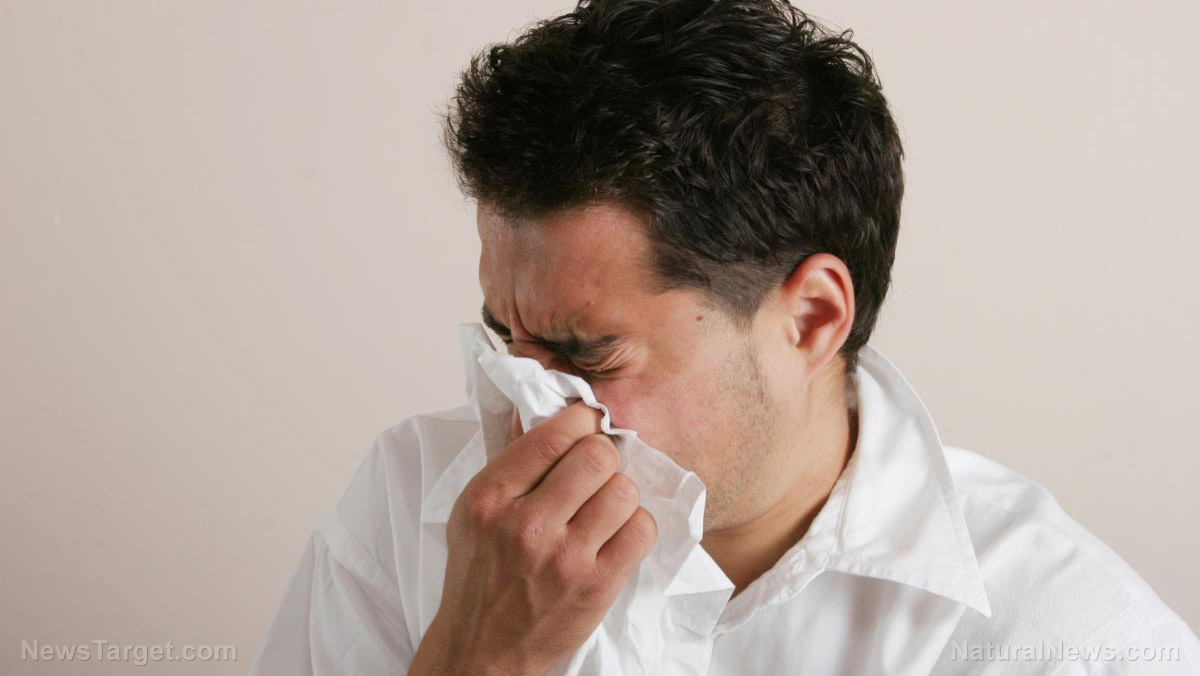Quarantine: Experts warn the live flu virus is infectious in the air around sick people – it can spread through breathing (no sneezing required)
01/24/2018 / By Frances Bloomfield

Covering your mouth when coughing and sneezing may actually do little to stop the flu. Simply breathing out is more than enough for people with influenza to spread the disease. This is what a research team from the University of Maryland uncovered in their alarming study, recently published in the Proceedings of the National Academy of Sciences.
Originally carried out in 2012, the investigators screened 355 student volunteers with acute respiratory illness and found 142 who’d been diagnosed with influenza. During the first three days after the symptoms manifested, samples were collected from the participants. These included 218 nasopharyngeal samples, or samples taken from the nose and throat, and 218 exhaled breath samples.
Collecting the exhaled breath samples involved making the participants breathe into an aerosol sampler for 30 minutes, reciting the alphabet as they did. Through this, the researchers were able to gather coarse and fine aerosol samples.
Nearly half or 11 of 23 fine aerosol samples had detectable traces of viral flu. These 23 fine aerosol samples were collected when the volunteers breathed normally without coughing, suggesting that breathing will suffice in dispersing the virus. Writing in their study, the researchers said of the findings: “Sneezing was rare, and sneezing and coughing were not necessary for infectious aerosol generation. Our observations suggest that influenza infection in the upper and lower airways are compartmentalized and independent.”
These shocking results come as the flu season has claimed over hundreds of lives across America. Just last year, 322 people died between Oct. 7 and Dec. 23 due to the flu, while 759 more deaths within the same period resulted from flu-related diseases. Since 2018 began, the flu outbreak has shown no signs of slowing down, with it reaching its peak on Jan. 13. On this day, American health officials designated 32 states, the city of New York, and Puerto Rico as “high activity” flu areas, reported Boston.CBS.Local.com.
As flu season rages on, the Centers for Disease Control and Prevention (CDC) has recommended that any person with the flu to stay home. Dr. Donald Milton, lead author of the study, concurred with this advice, stating that those who “feel pretty lousy” because of a fever, cough, and/or cold should avoid going outside as much as possible. Apart from being spread through breath alone, previous studies have shown that the virus can linger in the air for hours at a time. (Related: This Flu Season, Walk through the Fire with Reishi and Astragalus.)
“Influenza comes on hard and fast and you are probably infectious right then. I would like people in my work place who are coming down with the flu to please go home and not infect me,” Milton told the DailyMail.co.uk. “Staying home could make a real difference.”
Fast facts on the 2018 flu season
- The 2018 flu season arrived much earlier than expected, though it’s not the most severe flu season. The years 2012 to 2013 and 2014 to 2015 saw higher rates of child hospitalization in January, according to MentalFloss.com.
- There are several influenza strains going around the United States, the most dangerous of which is the H3N2 flu or the Aussie flu. This particular strain is said to greatly affect the elderly. Apart from the Aussie flu, other strains include the H1N1 flu or swine flu, the B/Yamagata flu or Japanese flu, and the B/Victoria flu.
- Though the flu season has reached its peak, health officials have said that it may last another three months.
Stay up to date on any and all news about the flu season by going to Influenza.news.
Sources include:
Tagged Under: disease, Flu, flu outbreak, Flu Season, flu virus, infectious disease, influenza, outbreak, viral strains



















